Swamps, alligators, snakes, big cats and lemurs never get old, and if you find yourself in south Florida, tear yourself away from the shopping at Sawgrass Mills for a few hours to do a tour. Not only can you hold a baby alligator and pet some epic snakes, but there are many other rare animals to encounter. As a National Geographic Kids Insider, I have learned a bunch about big cats, but this is certainly the place to see them in person. I was pretty sad seeing them in cages, but hoped they get to roam and run freely as much as possible in order to keep the species healthy.
The Everglades are a network of wetlands and forests fed by a river flowing .25 miles (0.40 km) per day out of Lake Okeechobee, southwest into Florida Bay. According to Wikipedia, “The Everglades National Park is home to 36 threatened or protected species including the Florida panther, the American crocodile, and the West Indian manatee, and supports 350 species of birds, 300 species of fresh and saltwater fish, 40 species of mammals, and 50 species of reptiles. It’s certainly a gem you need to encounter.
The Alligators
Jump on a CSI-style airboat and hold on tight. We chose Captain Jack’s, as it seemed to offer a variety of experiences. With four kids in tow, safety was crucial. Adult rates are $66 per person and kids $42.50 for the Grassland tour. The big cats were included and for a small fee (for food and care) you could hold the baby alligators and feed the snakes.
Crocodiles and alligators are the largest of the living reptiles. Of the 23 different species of crocodilians in the world, 2 species are native to the United States, and south Florida is the only place where both of these species coexist. We didn’t see any crocodiles, but found out the difference. Alligators have wider, U-shaped snouts, while crocodile front ends are more pointed and V-shaped. Crocs have a ‘toothy grin’ when their mouths are closed, as the fourth tooth on each side sticks out from their lip.
The Big Cats
Florida panthers are considered a subspecies of cougar, big cats found across the Americas that are also called pumas or mountain lions, depending on the region.
In the 1900s people hunted the Florida panther out of most of its southeastern U.S. range, driving the few remaining animals into rugged South Florida swamps.
After a few Texan cougars were released into South Florida, the species is rebounding because of cross-breeding with these cougars. The originally tiny gene pool of panthers had become so inbred that the panthers were having breathing and reproductive issues.
Tips for Visiting the Florida Everglades
- Read about big cats before you go. We love Everything Big Cats by Nat Geo.
- Bring hand sanitizer because we know you’re gonna wanna touch the snakes. Dare ya.
- Stay in your seat on the boat. Especially the kids. You will want to put them in a middle row. I didn’t remain seated, and a few times got startled enough to almost fall in. Which would have been very bad.
- Educate yourselves on the invasive Burmese Python in the Florida Everglades. Speculated to once have been domestic pets that were too difficult to care for and released, they have thrived since the 1980’s in the Everglades and are causing irreparable harm. They are threatening wildlife, native species and the physical environment. Exotic pets should never be allowed to enter a gentle ecosystem.
- Talk about ecosystems with your kids, so they understand that every piece of litter or spill of shampoo affect precious ecosystems such as this.

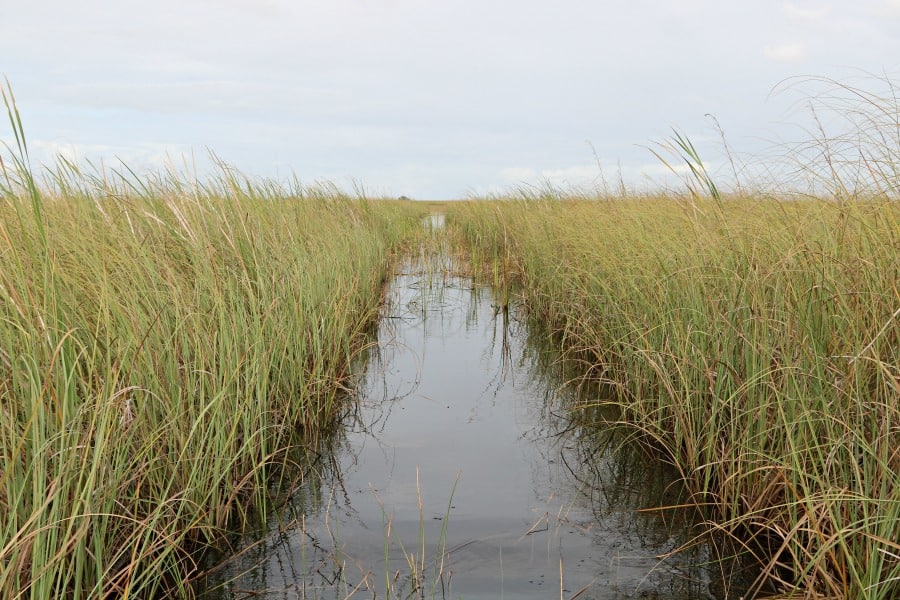

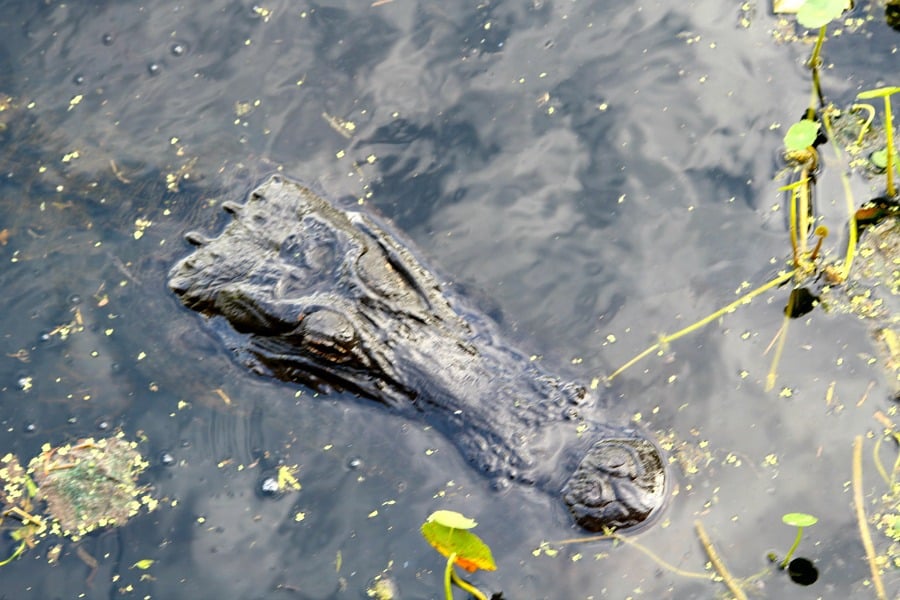
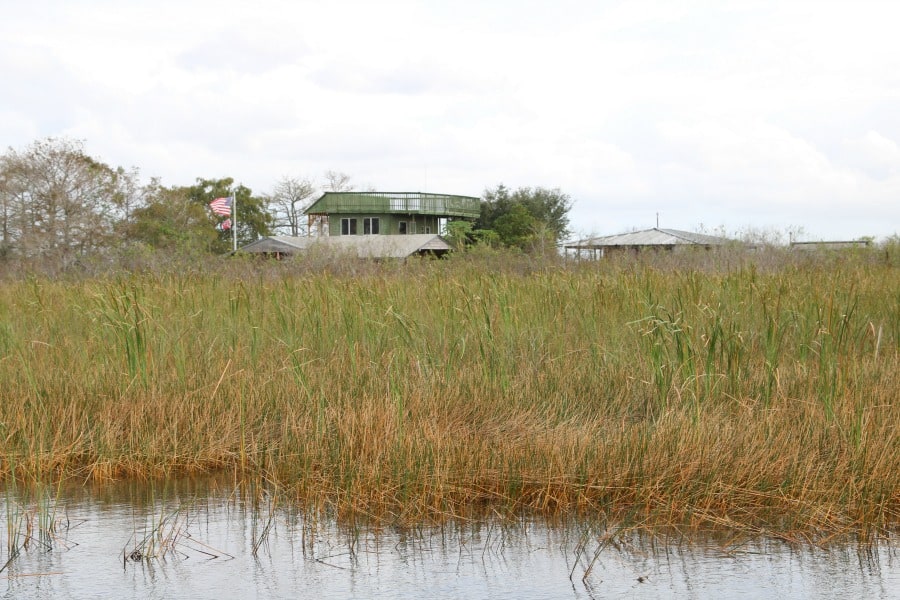
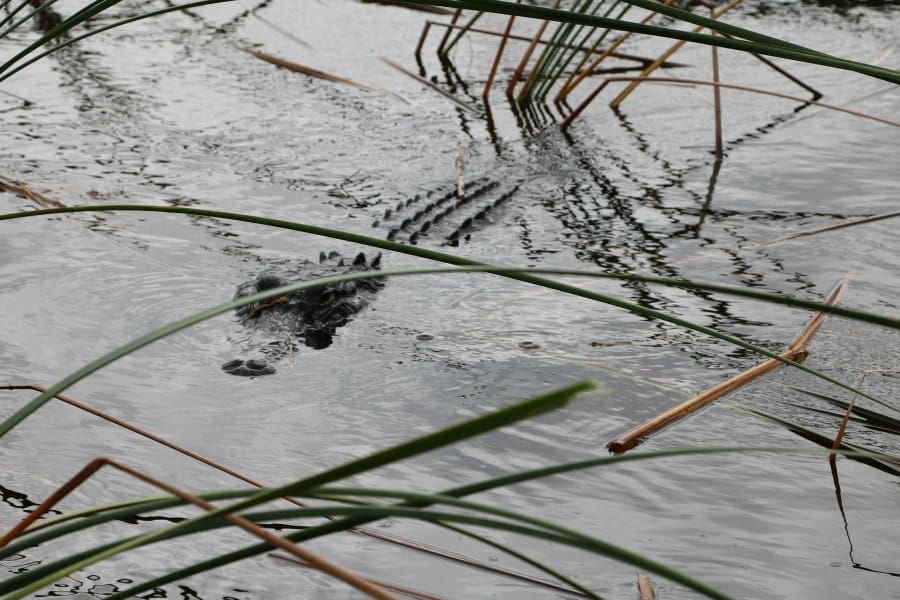
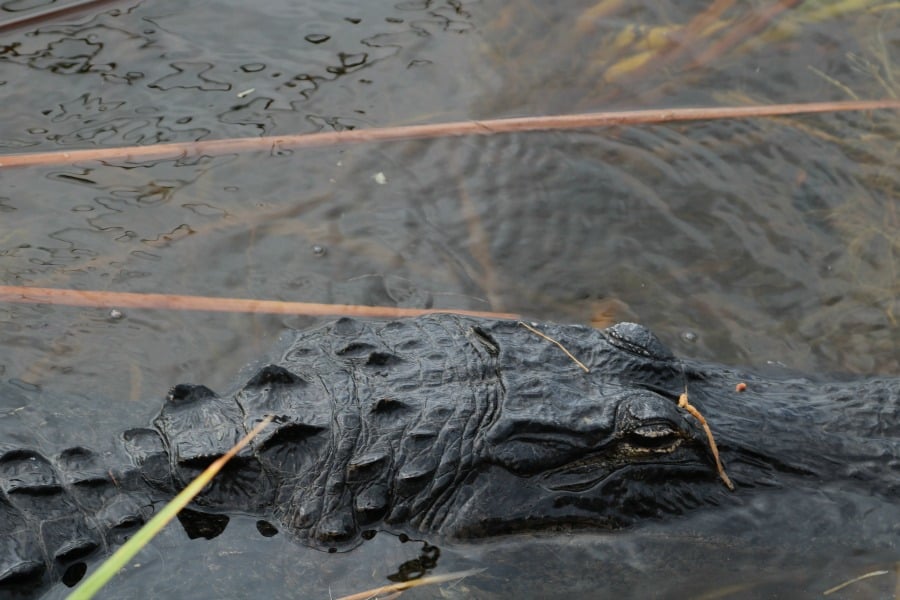

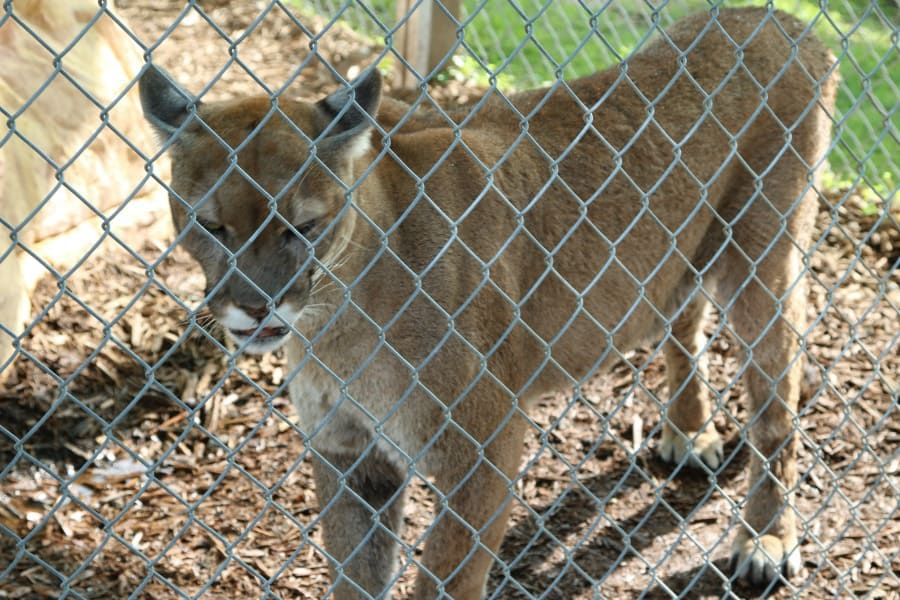
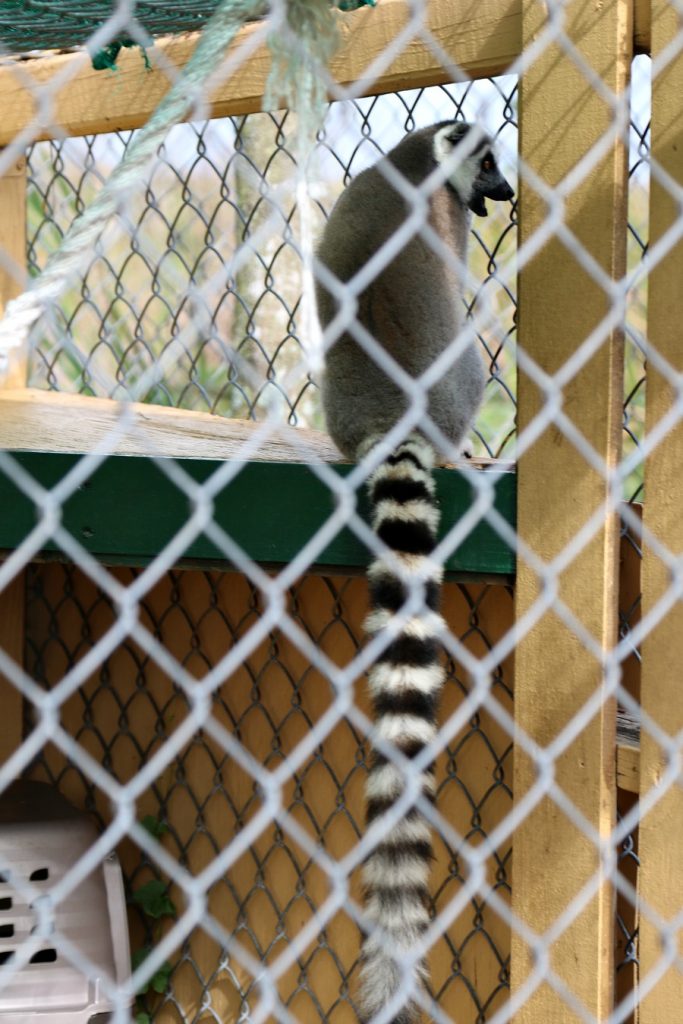
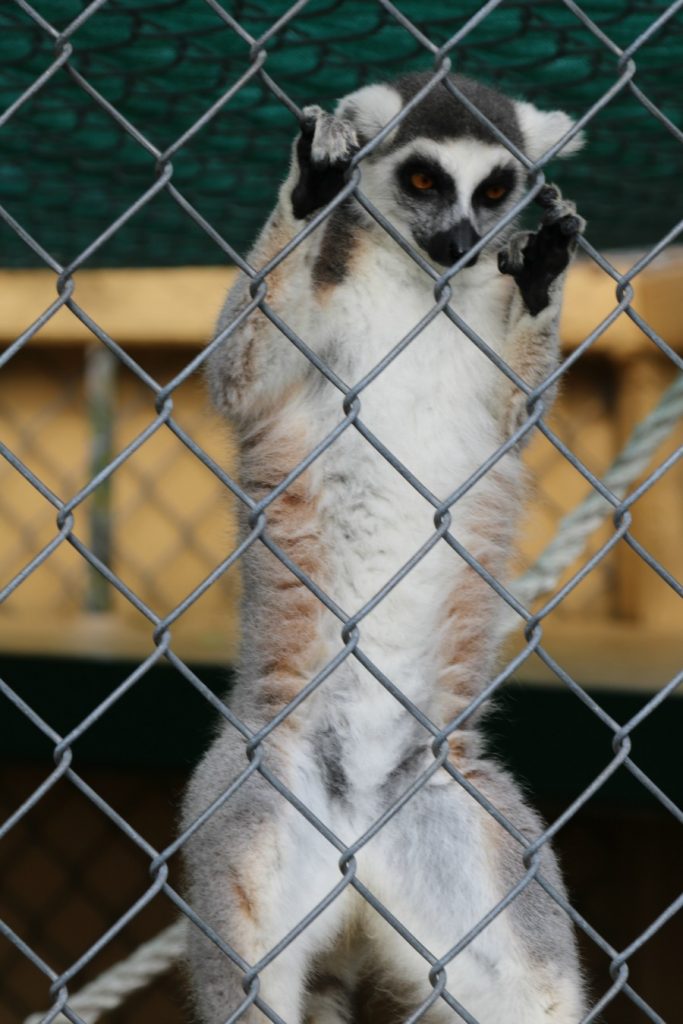
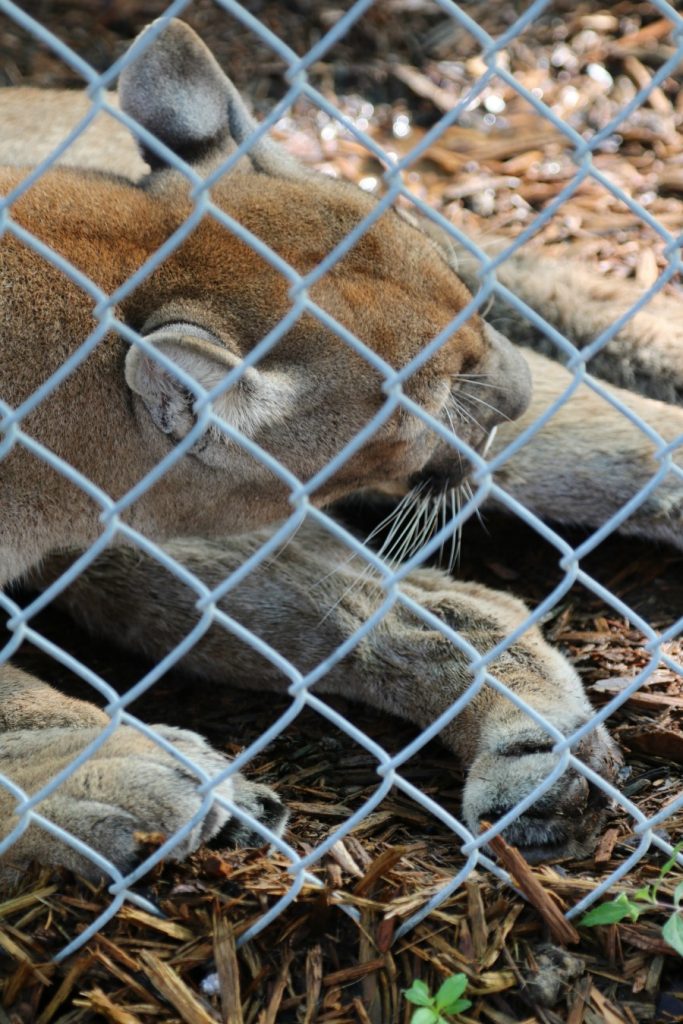

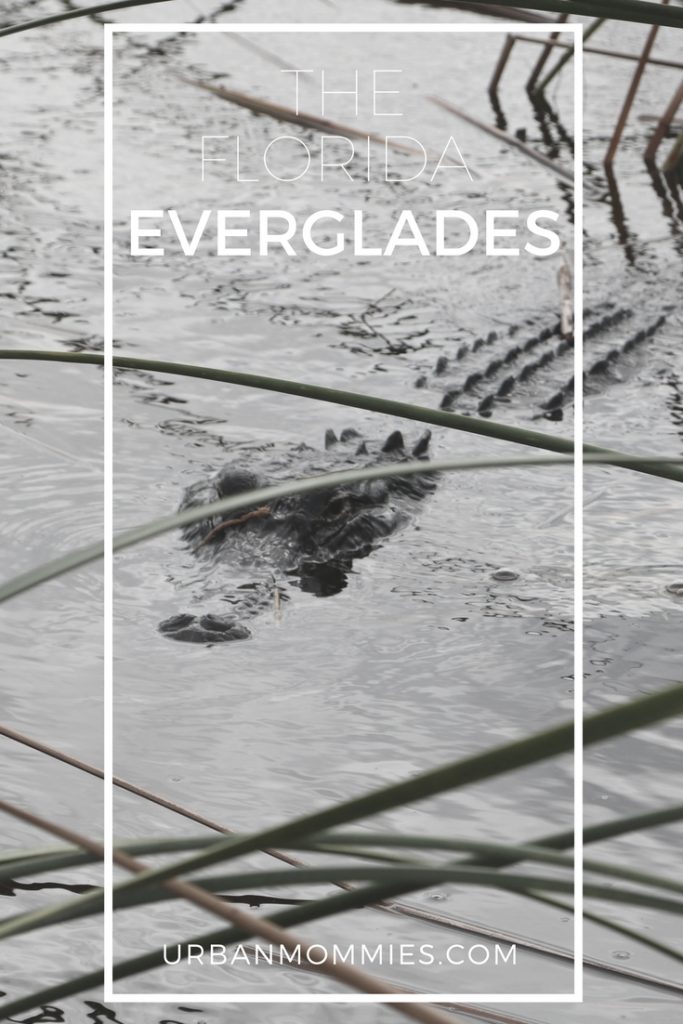

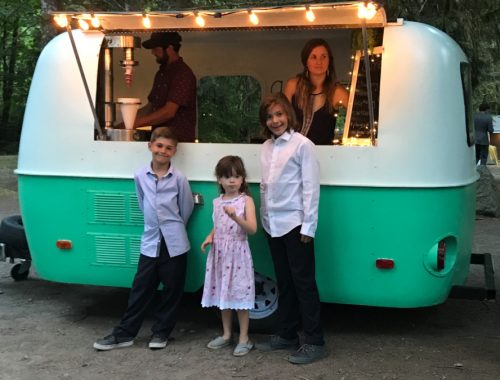
[…] Disney Fantasy 5 Tips for Visiting the Florida Everglades […]